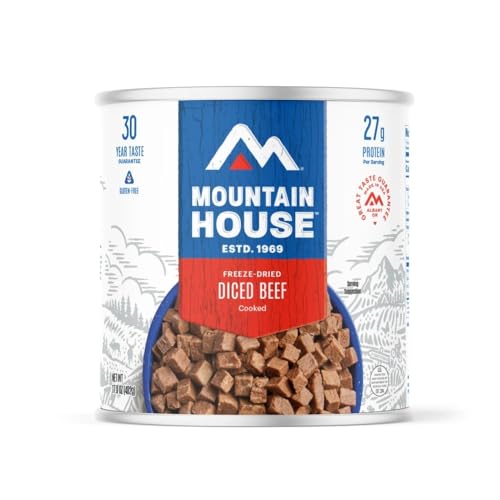...my sink/countertop is to start with a 2x2... plywoods...sink needs a round hole 9" across...1/4" and 1/2" panels in birch or luan. Is one better than the other?
.
A couple points.
.
1)
Waterproofing?
All countertop surfaces need to be permanently sealed.
.
I wonder about a top-grade plywood without voids.
As I sort lumber, looking for the appropriate sheet (for your friendly neighborhood cheapskate, this means finding a wrecked corner or other blem, then dicker while prepared to walk), I notice a lot of former knots, but lost during manufacture... leaving a 'knot-hole'.
.
Without that knot in the peel, that layer of the finished sheet has an often-significant void... an inch or two across.
Sawing through the sheet, exposing these types of hidden flaws, requires significantly more attention to gooping your waterproofing slop deep into the cavernous caverns.
.
.
2)
We owned a restaurant business for ten years.
We are happiest with stainless steel.
.
If I was me, I might forage through a used restaurant-equipment store.
Our local version is dark and dusty, cobwebs and rancid reeks of a million meals over the decades.
I love the place!
.
If I was me, I might scour decrepit stacks of tilting boxes [tilting stacks of decrepit boxes?] for a small sink-counter combination in the dimensions to fit the space.
Mostly.
.
.
An aside:
As we describe in our introduction, we have zero indoor plumbing.
.
With our rear-entry and permanent porch, any worshing occurs outside under the permanent porch-roof.
.
After a half-century of make-do camping in lesser rigs, we try really really -- really -- hard to keep our interior dry.
.
.
Another of these confounded seemingly-perpetual asides:
Instead of a fresh-water tank plus instead of a gray-water tank, we use a spritz bottle.
We can thoroughly scrub and sanitize any kitchen pots and pans using barely a couple-three ounces (80ml) of water.
.
A faucet with a pump makes it too easy to run through gallons.
For sad tragic horrific examples, YouTube has thousands of documentaries about RVers (aka 'straights') showing the proper way to dispose of hundreds of pounds/kg of used water...
... several times a week.
Sure.
.
Suggestion:
Pay particular attention to these fine fine splendid examples of complicating the simple...
...then do the opposite.












































